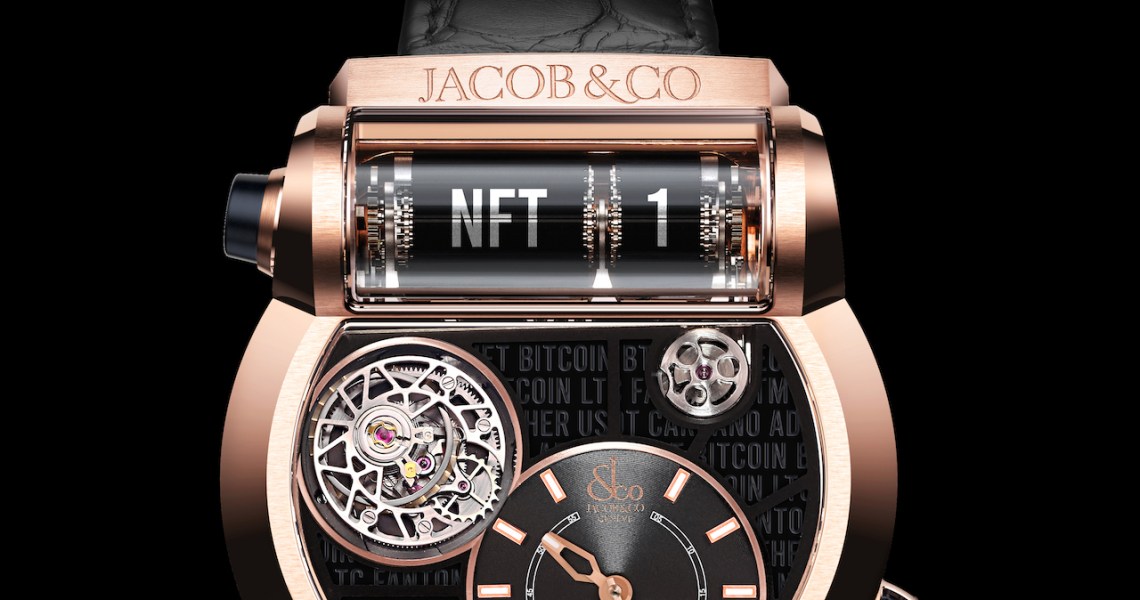NFTs are coming to fashion. What started as a niche idea popular in cryptocurrency circles, and popularized in part through discussions on Clubhouse, the non-fungible token has swiftly taken the worlds of music, art and even fast food by storm. Now, fashion brands across the industry are itching to figure out ways to get in on the NFT craze.
And while it’s true that NFTs can potentially have a benefit for fashion brands, they also come with some weighty costs. Cryptocurrency, in general, is already environmentally costly, and NFTs contribute to that wastefulness. While enticing for their zeitgeisty appeal, NFTs also risk making brands that list sustainability as one of their goals look like hypocrites for supporting them.
Cryptocurrencies are “mined” by computers doing vast amounts of calculations per second to continually verify each piece of the blockchain. These calculations are intentionally made to be power-intensive, to make the creation of new tokens difficult to falsify. The mining of Bitcoin alone consumes more energy per year than the entire country of Argentina.
NFTs, which are almost always bought and sold using cryptocurrencies like Etherium or Bitcoin, contribute to that environmental impact in a tangible way that has been made clear by critics.
Yet the continued popularity of NFTs in fashion marches on. Geoff Seeley, CMO of Afterpay, said he sees it as inevitable that fashion will continue to chase after NFTs.
“I can guarantee it’s going to happen,” Seeley said. “We’re already seeing it all over the place, especially in sneakers and streetwear. Sneaker culture really drives these hyper-limited things like that. It’s a job for businesses like ours to stay on top of where the culture is going and I’m certain it’s going to keep growing in fashion.”
Even those who have expressed skepticism of the concept of NFTs have acknowledged their inevitability.
“It’s almost sad to me,” said Jeff Staple, sneaker designer and founder of Staple Design. “I’m an analog guy. I love framed art and vinyl records. I don’t want everything to go virtual. But it’s moving in that direction, for sure, and NFTs are a big part of that.”
Companies from Gucci to LVMH to Champion have all either released NFTs or expressed plans to release them in the future. All of those companies have previously made public commitments to sustainability, as well, either with specific goals — like Gucci’s 10-year sustainability plan — or sustainable collections. Champion launched a sustainable collection in honor of Earth Day.
There are ways to make NFTs work in a less environmentally costly way, although they are not widely used. According to The Verge, the NBA’s Top Shot NFT market uses an alternative form of blockchain verification, in which users tie up their cryptocurrency in a centralized network. This is called proof-of-stake, as opposed to the more power-intensive proof-of-work process used by Ethereum and Bitcoin.
Proof-of-stake creates far fewer emissions than proof-of-work, but reportedly the vast majority of NFTs are part of the proof-of-work Ethereum blockchain. There is some support from figures in the NFT world, including Beeple, the artist whose digital art sold for $69 million in March, in making NFTs more sustainable. But for now, the impact stands, and brands remain mostly silent on how that impact is justifiable.




